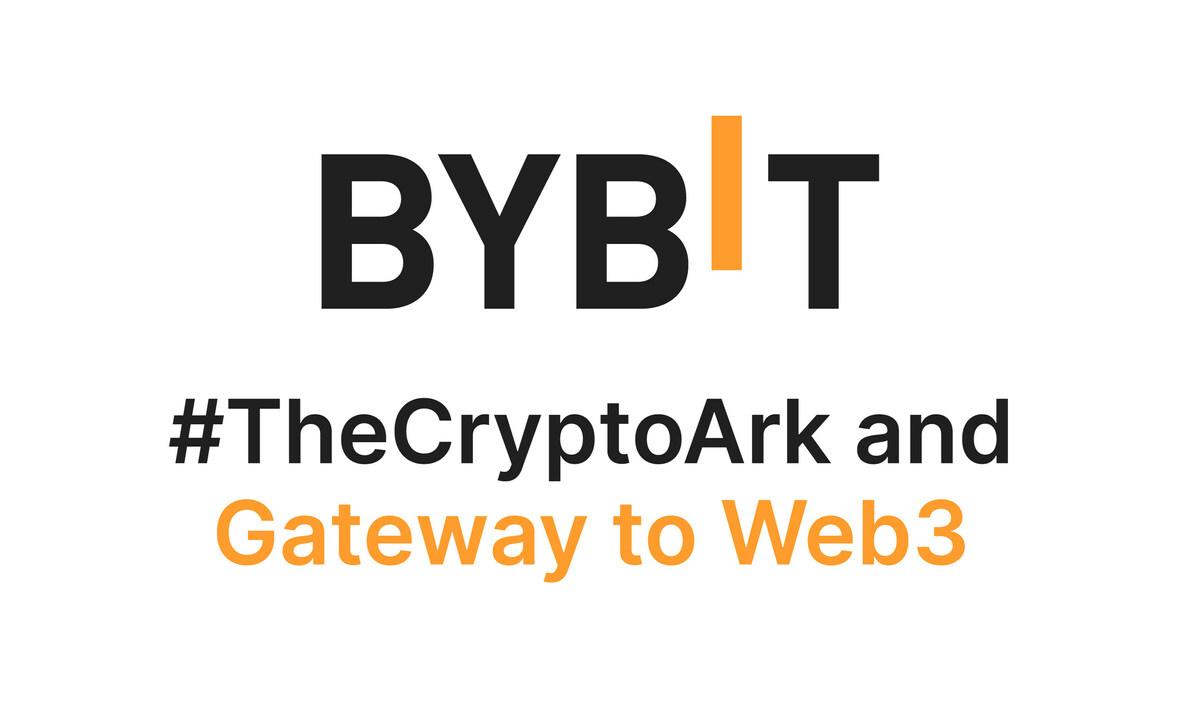BitcoinWorld

Surging U.S. Spot Bitcoin ETFs Attract $157M in Fresh Capital
The world of digital assets is buzzing, and for good reason! U.S. spot Bitcoin ETFs are once again capturing headlines, demonstrating a robust resurgence in investor confidence. After a period of fluctuating flows, these investment vehicles have logged three consecutive days of positive inflows, signaling renewed enthusiasm for Bitcoin as a mainstream asset.
Surging Capital: A Closer Look at Recent Spot Bitcoin ETF Inflows
July 28 proved to be a pivotal day for U.S. spot Bitcoin ETFs, as they collectively witnessed an impressive $157.02 million in net inflows. This substantial figure not only highlights growing investor appetite but also extends a positive trend, marking the third consecutive trading day of net positive flows. Such a streak provides a comforting narrative for market watchers, suggesting a potential shift in sentiment towards sustained accumulation rather than profit-taking.
The data, meticulously tracked and shared by prominent market analyst Trader T on X, paints a clear picture of where the capital is flowing. While the overall trend is undeniably positive, a deeper dive reveals distinct performances among the various ETF offerings. This granular view is crucial for understanding the underlying dynamics of the institutional and retail interest converging on the Bitcoin market.
Who’s Leading the Charge Among Spot Bitcoin ETFs?
When dissecting the latest inflow figures, certain players clearly stood out, driving the bulk of the day’s positive momentum. BlackRock’s iShares Bitcoin Trust (IBIT) once again asserted its dominance, attracting a staggering $147.37 million in inflows. This consistent performance from IBIT underscores its position as a preferred choice for large-scale investors, likely due to its brand reputation and efficient operational structure.
Following IBIT closely was Fidelity’s Wise Origin Bitcoin Fund (FBTC), which secured a commendable $30.88 million in fresh capital. Fidelity’s strong market presence and established client base continue to make FBTC a significant contender in the rapidly evolving spot Bitcoin ETF landscape. Furthermore, Grayscale’s relatively new mini Bitcoin ETF (BTC) also made a notable contribution, pulling in $10.98 million. This indicates a diversification of interest, even within Grayscale’s suite of products, beyond its flagship GBTC which has historically seen significant outflows.
However, the picture wasn’t uniformly positive across all offerings. Some ETFs experienced outflows, suggesting a rebalancing of portfolios or a shift in investor strategy. Bitwise’s Bitcoin ETF (BITB) saw outflows of $14.76 million, while ARK Invest’s ARK 21Shares Bitcoin ETF (ARKB) recorded $17.45 million in redemptions. These outflows, while notable, were comfortably offset by the larger inflows into IBIT and FBTC, resulting in the strong overall net positive figure for U.S. spot Bitcoin ETFs.
For a clearer perspective, here’s a snapshot of the performance:
| ETF Ticker | Net Inflows/Outflows (July 28) |
|---|---|
| BlackRock IBIT | +$147.37 million |
| Fidelity FBTC | +$30.88 million |
| Grayscale Mini BTC | +$10.98 million |
| Bitwise BITB | -$14.76 million |
| ARK Invest ARKB | -$17.45 million |
| Other Spot Bitcoin ETFs | No Change |
Why Are These Spot Bitcoin ETF Inflows So Significant?
The continuous positive flow into U.S. spot Bitcoin ETFs carries profound implications for the broader cryptocurrency market. Here are several key reasons why these figures are more than just numbers:
- Growing Institutional Adoption: The consistent inflows, especially into products like BlackRock’s IBIT, underscore increasing institutional confidence and participation in the Bitcoin ecosystem. Large financial institutions, hedge funds, and wealth managers are finding these ETFs to be a secure and regulated pathway to gain exposure to Bitcoin without directly managing the underlying cryptocurrency.
- Enhanced Market Legitimacy: The approval and subsequent success of spot Bitcoin ETFs by the U.S. Securities and Exchange Commission (SEC) have lent significant legitimacy to Bitcoin as an asset class. This regulatory stamp of approval helps alleviate concerns for traditional investors who might have previously viewed crypto as too volatile or unregulated.
- Bridging Traditional Finance and Crypto: These ETFs act as crucial bridges, connecting the highly liquid and regulated traditional financial markets with the innovative, yet often perceived as complex, world of digital assets. They simplify access, making Bitcoin investment as straightforward as buying shares in any other publicly traded fund.
- Positive Market Sentiment: Sustained inflows typically correlate with positive market sentiment. When large sums of capital flow into these ETFs, it often signals bullish expectations among sophisticated investors, which can, in turn, influence broader market psychology and potentially contribute to price appreciation for Bitcoin.
The Mechanics of Spot Bitcoin ETFs: How Do They Work?
For those new to the concept, understanding how spot Bitcoin ETFs operate is key to appreciating their impact. Unlike Bitcoin futures ETFs, which track the price of Bitcoin futures contracts, spot ETFs directly hold actual Bitcoin. This direct ownership is a significant differentiator and a primary reason for their appeal.
Here’s a simplified breakdown of their operational mechanics:
- Direct Bitcoin Holdings: An issuer of a spot Bitcoin ETF purchases and holds physical Bitcoin. This Bitcoin is stored securely, often with regulated custodians like Coinbase Custody.
- Share Creation and Redemption: When there is demand from investors, authorized participants (large financial institutions) create new shares of the ETF by delivering an equivalent amount of cash or Bitcoin to the ETF issuer. Conversely, if investors redeem shares, the authorized participant returns shares to the issuer in exchange for cash or Bitcoin. This mechanism ensures the ETF’s share price closely tracks the price of Bitcoin.
- Accessibility for Investors: Retail and institutional investors can buy and sell shares of the ETF on traditional stock exchanges through their brokerage accounts. This eliminates the need for them to set up crypto wallets, understand private keys, or navigate complex crypto exchanges.
- Regulatory Oversight: Being listed on regulated exchanges and overseen by bodies like the SEC, these ETFs provide a layer of investor protection and transparency not always present in direct crypto investments.
This structure offers convenience, liquidity, and regulatory clarity, making spot Bitcoin ETFs an attractive proposition for a wide array of investors.
What Challenges and Opportunities Lie Ahead for Spot Bitcoin ETFs?
While the recent inflows paint a rosy picture, the journey for spot Bitcoin ETFs is not without its challenges and emerging opportunities. Understanding these dynamics is crucial for investors and market participants alike.
Challenges:
- Market Volatility: Bitcoin, by its nature, is a volatile asset. While ETFs offer exposure, they do not shield investors from price fluctuations. Significant market downturns could lead to outflows, impacting the ETF’s performance and investor sentiment.
- Regulatory Scrutiny: Despite initial approval, the cryptocurrency market remains under intense regulatory scrutiny globally. Future regulatory changes, either favorable or unfavorable, could impact the operational framework or even the existence of certain ETFs.
- Competition: The U.S. market now hosts several spot Bitcoin ETFs, leading to fierce competition for market share. This competition can drive down fees, which is beneficial for investors, but it also means issuers must constantly innovate and differentiate their offerings.
Opportunities:
- Broader Adoption: As more financial advisors and platforms become comfortable recommending and integrating these products, the potential for wider retail and institutional adoption remains immense.
- New Product Development: The success of spot Bitcoin ETFs could pave the way for other single-asset spot crypto ETFs (e.g., Ethereum ETFs) or even multi-asset crypto ETFs, further expanding investment opportunities.
- Enhanced Liquidity: Increased trading volume and capital flows into these ETFs contribute to greater liquidity in the underlying Bitcoin market, potentially reducing price slippage and improving overall market efficiency.
Navigating these challenges while capitalizing on opportunities will define the long-term trajectory of spot Bitcoin ETFs in the financial landscape.
The recent surge of $157.02 million in net inflows into U.S. spot Bitcoin ETFs on July 28, marking three consecutive days of positive momentum, is a powerful indicator of renewed investor confidence and deepening institutional engagement with digital assets. Led by giants like BlackRock and Fidelity, these inflows highlight the increasing mainstream acceptance of Bitcoin as a legitimate investment vehicle. As these regulated products continue to bridge the gap between traditional finance and the crypto world, they are not only democratizing access to Bitcoin but also playing a crucial role in shaping its market dynamics and future trajectory. This positive trend reinforces the growing belief in Bitcoin’s long-term value proposition and its evolving role in diversified investment portfolios.
Frequently Asked Questions (FAQs)
- Q1: What is a spot Bitcoin ETF?
- A spot Bitcoin ETF is an exchange-traded fund that directly holds actual Bitcoin. Unlike futures ETFs, which track derivatives, spot ETFs give investors direct exposure to the current market price of Bitcoin without requiring them to own or store the cryptocurrency themselves.
- Q2: Why are U.S. spot Bitcoin ETFs significant for the crypto market?
- They are significant because they provide a regulated, accessible, and familiar investment vehicle for traditional investors (both retail and institutional) to gain exposure to Bitcoin. Their approval by the SEC lends legitimacy to Bitcoin as an asset class, potentially increasing adoption and liquidity.
- Q3: Which spot Bitcoin ETFs saw the most inflows on July 28?
- On July 28, BlackRock’s IBIT led with $147.37 million in inflows, followed by Fidelity’s FBTC ($30.88 million) and Grayscale’s mini BTC ($10.98 million). These three were the primary drivers of the day’s positive net flows.
- Q4: Do all spot Bitcoin ETFs always see inflows?
- No, as demonstrated on July 28, some spot Bitcoin ETFs can experience outflows. Bitwise’s BITB and ARK Invest’s ARKB both saw net outflows on that day. Flows can fluctuate daily based on market sentiment, investor rebalancing, and competitive dynamics among the various ETF offerings.
- Q5: How do spot Bitcoin ETFs impact Bitcoin’s price?
- When spot Bitcoin ETFs experience significant net inflows, it means more capital is entering the market to purchase underlying Bitcoin, which can create buying pressure and potentially contribute to an increase in Bitcoin’s price. Conversely, sustained outflows could lead to selling pressure.
Found this article insightful? Share it with your network! Help us spread the word about the exciting developments in the world of spot Bitcoin ETFs and their profound impact on the future of digital asset investments. Your shares help us bring valuable insights to a wider audience!
To learn more about the latest crypto market trends, explore our article on key developments shaping Bitcoin institutional adoption.
This post Surging U.S. Spot Bitcoin ETFs Attract $157M in Fresh Capital first appeared on BitcoinWorld and is written by Editorial Team





